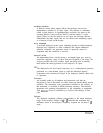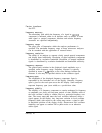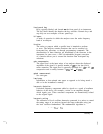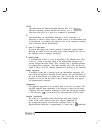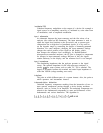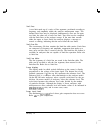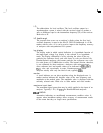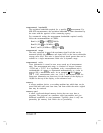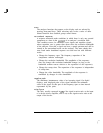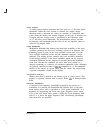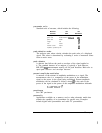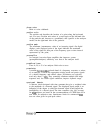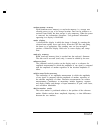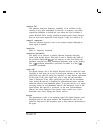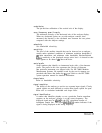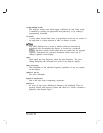
I
-
I
-
menu
The analyzer functions that appear on the display and are selected by
pressing front-panel keys. These selections may evoke a series of other
related functions that establish groups called menus.
narrowband response
A response measured under conditions in which there is only one spectral
component at a time in the passband of an analyzer’s resolution filter.
This condition occurs for continuous wave signals and repetitive signals
whose repetition rate is greater than about twice the resolution bandwidth
of the analyzer. Note that a signal can have a spread spectrum and still be
viewed in the narrowband mode on the analyzer. The same checks that
were listed under broadband response are used here but with different
results :
l Change the frequency span. The frequency separation of the
components remains unchanged.
l Change the resolution bandwidth. The amplitude of the responses
does not change with resolution bandwidth changes (as long as the
bandwidth remains narrow relative to the separation of the responses).
l Change the sweep time. The separation of the responses is independent
of sweep time.
l Change the video bandwidth. The amplitude of the responses is
unaffected by changes in video bandwidth.
negative peak
The minimum, instantaneous value of an incoming signal. On digital
displays, each displayed point of the signal indicates the minimum
value of the signal for that part of the frequency span or time interval
represented by the point.
noise figure
The ratio, usually expressed in
dB,
of the signal-to-noise ratio at the input
of a device (mixer, amplifier, and so on) to the signal-to-noise ratio at the
output of the device.
Glossary- 17



